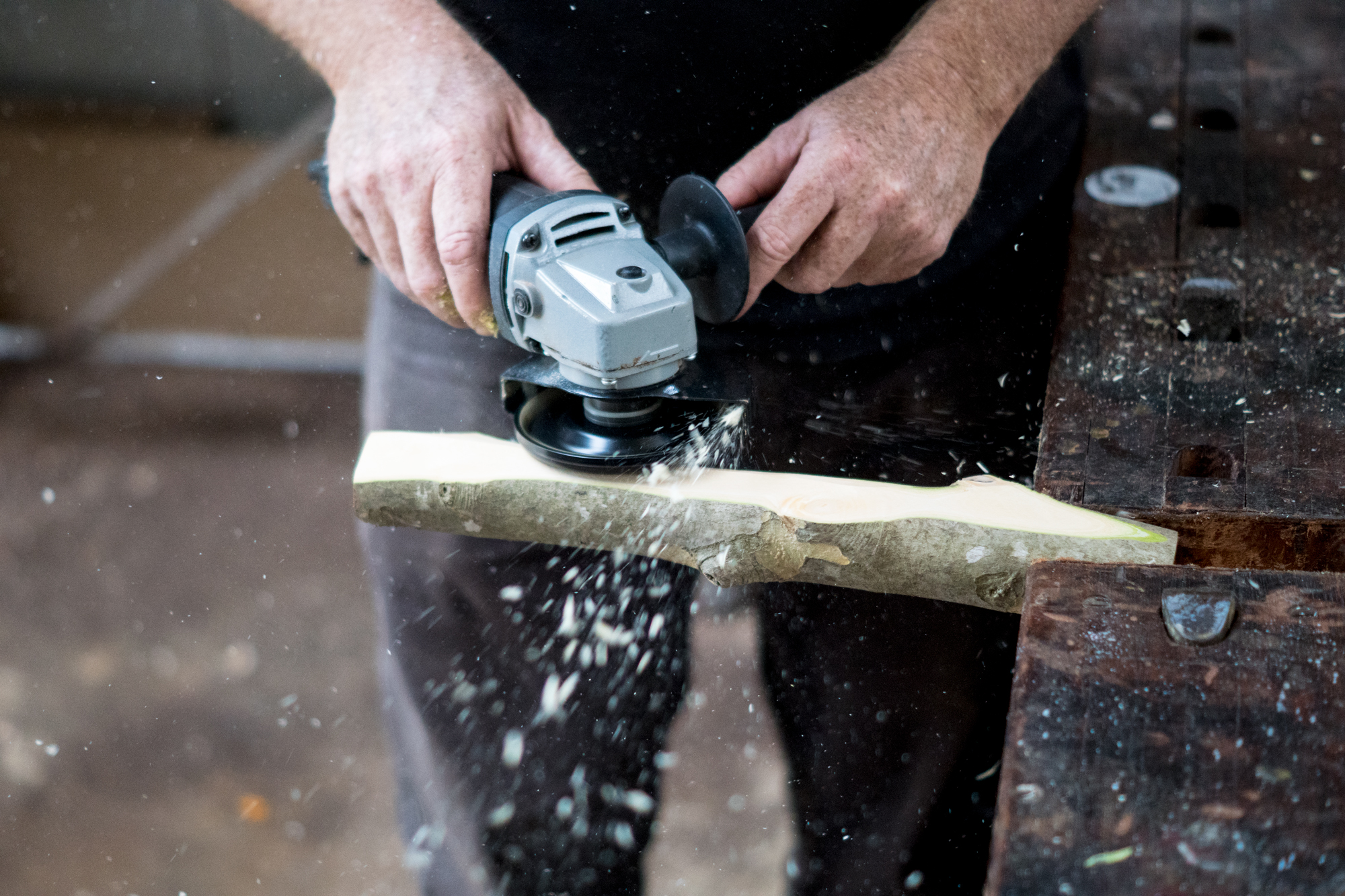
One very important thing to consider when working with any sort of tool, whether that be power tools or hand tools is safety, and I mention hand tools, because these need to be sharp to get the best result from them. Recovery from an accident is something I hope I never have to bother with again, though I am sure I will at some point.
The tool I respect the most is the angle grinder, and at last count, I have four of them. They are either 100mm or 115mm and used for various jobs, and are fitted with different attachments or blades. These are one of the most dangerous of tools causing so many injuries, and often from a lack of user experience, missing guards, not having the auxiliary handle fitted or simply because the user does not know how to use it. Even the most experienced of users can have a lapse in concentration, accidents happen very quickly and often result in a trip to the emergency ward. In comparison, other power tools such as routers, circular saws, drop saws have a more controlled action limiting the way they can be used, however these can also inflict all sorts of hurt. The tool next in my line up of tools I have the utmost of respect for is the electric drill, ironically enough, both of these tools work in similar ways, often without guards and often are asked to do things close to their limits.
Whatever the tool, I have found these basic rules the best to follow:
- I always use the guard, I hold it close to my body when using it, resist the urge to reach using a tool especially an angle grinder, and I raise the job to a height that is comfortable. Where there is a guard or guide, USE IT. Applicable for any tool, not just angle grinders.
- Before use, do a dry run to see if there is anything that is going to prevent the cut from being completed, lower the saw blade or move the fence if required. Applicable for any tool.
- Work places have OH&S policies and procedures, your own workshop should work to the same standards. Pick up the rubbish and saw dust, don’t leave things on the floor so you are stepping over them. Label bottles, chemicals, boxes etc. Provide enough of a safe area to work to make it safe.
- A sharp tool is a safe tool. If the blade is sharp, it requires less effort to cut, and will not need to be forced. Let the tool do the cutting, don’t try to force it to cut faster than it can.
- Use the right blade, use a ripping blade when ripping, this has less teeth than a combination blade or cross cut blade. The fibres in the length of timber are arranged differently than they are going across, the cut edge will need cleaning up afterwards, though will be easier and safer to cut especially when cutting on a tablesaw.
- Use the right tool for the job, I recently saw on YouTube, someone cutting a log into discs, using the most inappropriate of tools. There is the correct tool for every job, and every other tool is wrong.
I am sure I am not “alone” here, or maybe I am. How many of us work in our sheds without anyone with us, whether the shed is away from the house in the backyard, or while the family is at work or away from the house. I pose the question, if you were injured, and unable to call for help, whether that be family or neighbours, would anyone find you or even know to look! Plan those cuts, use the right bit, even tell someone that you are going to the shed, and even what you are doing and working on. Most importantly, stay safe.
Written by Rendel Anderson